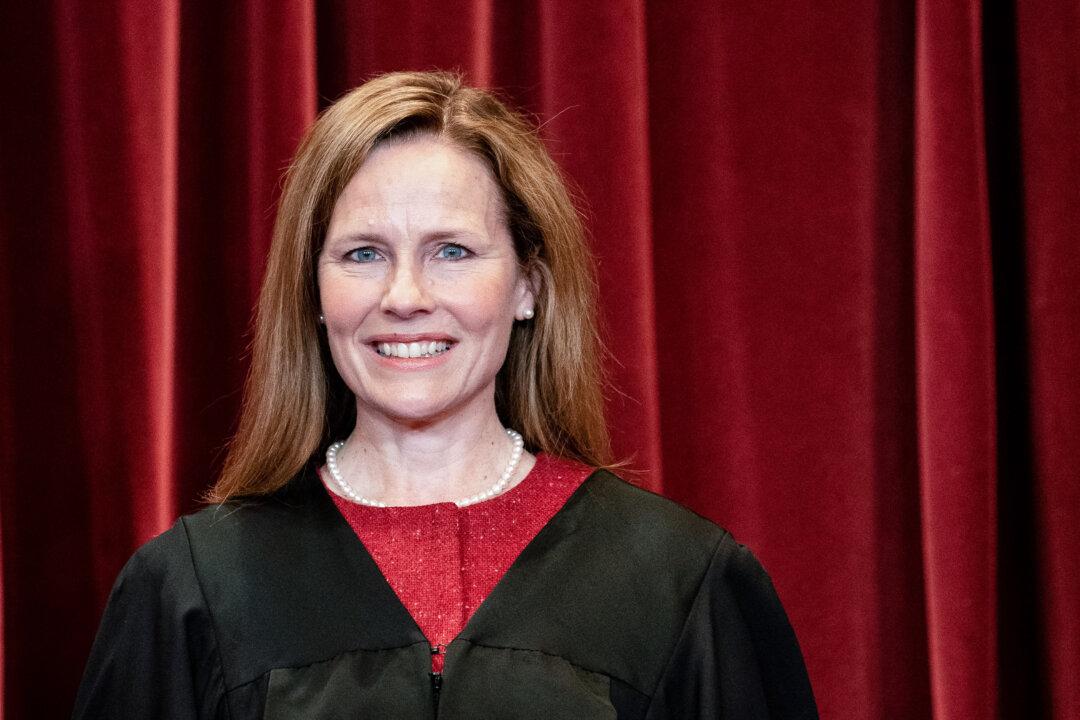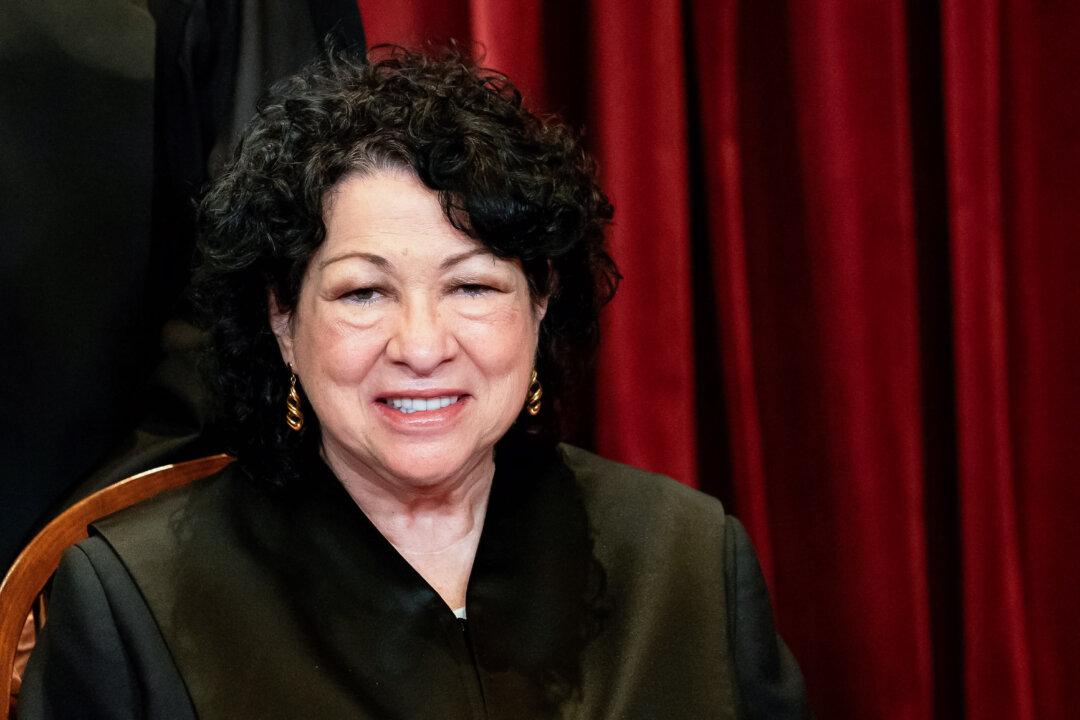The U.S. Supreme Court on April 2 unanimously threw out a lower court decision finding that the Food and Drug Administration had broken the law when it denied two companies permission to sell flavored vape products.
A vape or e-cigarette is a device that uses battery power to heat liquid containing nicotine, an addictive chemical, so that it can be inhaled as vapor. Vape supporters say vaping is less harmful to health than smoking traditional cigarettes.
The FDA’s rejection of the applications was “sufficiently consistent” with the guidance that it offered other companies that applied for approval of their vape products, the justice wrote.
There is “strong evidence that [the] regulated entities had adequate notice of the sort of comparative analysis the FDA anticipated,” Alito wrote.
The FDA’s power to regulate vaping products comes from the federal Tobacco Control Act.
In 2016, the FDA made a rule that found e-cigarettes were tobacco products that came under the agency’s authority. The act requires e-cigarette makers to obtain permission from the agency to offer the vape products for sale to the public.
E-cigarette companies also must demonstrate that their products are “appropriate for the protection of the public health.” This means that they must show that any prospective health benefits, such as reducing consumption of traditional tobacco products, outweigh the risk of allowing the new products to be marketed.
In 2019, the first Trump administration announced plans to ban all flavored vape products. But the next year, the administration instead instituted a partial ban that exempted menthol- and tobacco-flavored vaping products.
Two companies, Triton Distribution and Vapetasia, had asked in 2020 to market vape products with names such as “Killer Kustard Blueberry” and “Jimmy The Juice Man Peachy Strawberry.” The government argued that these were aimed at the youth market.
The companies argued that the FDA treated them unfairly by changing the requirements for approving their products midway through the process.
The U.S. Court of Appeals for the Fifth Circuit ruled in January 2024 that the FDA’s actions in the case were “arbitrary and capricious” and violated the federal Administrative Procedure Act.
The agency turned down the applications without taking into account the companies’ proposals to discourage the flavored vaping products’ use by underage individuals, and it had effectively banned the products, the court determined.
At that hearing, Justice Clarence Thomas asked government attorney Curtis Gannon about the companies’ claim that the guidance that the agency gave the companies on complying with regulations was “actually a moving target” and that either the guidance wasn’t clear or the government changed the guidance over time.
Gannon replied, “That is their argument.”
“But I think that the key point is that they knew from the statute that they needed to be making this comparison about what the benefits were with respect to existing smokers and weighing that against the potential costs with respect to nonsmokers and attracting youth,” Gannon said.
“They knew throughout that FDA was concerned about the fact that flavors are attractive to youth.”
In the new opinion, the Supreme Court vacated the decision of the Fifth Circuit and returned it to that court for reconsideration.
Alito wrote that the Supreme Court rejected the Fifth Circuit’s finding that the FDA “acted arbitrarily and capriciously” by “allegedly changing the requirements for premarket tobacco product applications between the time of its guidance and the denials of respondents’ applications.”
Under the so-called change-in-position doctrine, the court has to consider if the FDA “changed course and, if [the FDA] did, whether it offered satisfactory reasons for the change,” he wrote.
Alito wrote that although after examining the guidance documents, some might conclude that the agency applied the wrong standard of proof, “in the end, [the Supreme Court] cannot say that the FDA improperly changed its position with respect to scientific evidence, comparative efficacy, or device type.”
The wide selection of flavors appears to drive demand for vapes among young people, according to the opinion.
“One nearly decade-old estimate found that there were 7,700 unique e-liquid flavors, including not only flavors that were familiar to cigarette smokers (tobacco and menthol) but also fruit, candy, and dessert flavors that were appealing to nonsmokers,” Alito wrote.
The “kaleidoscope of flavor options” makes e-cigarettes alluring and has contributed to the demand for such products among young Americans, he added.







